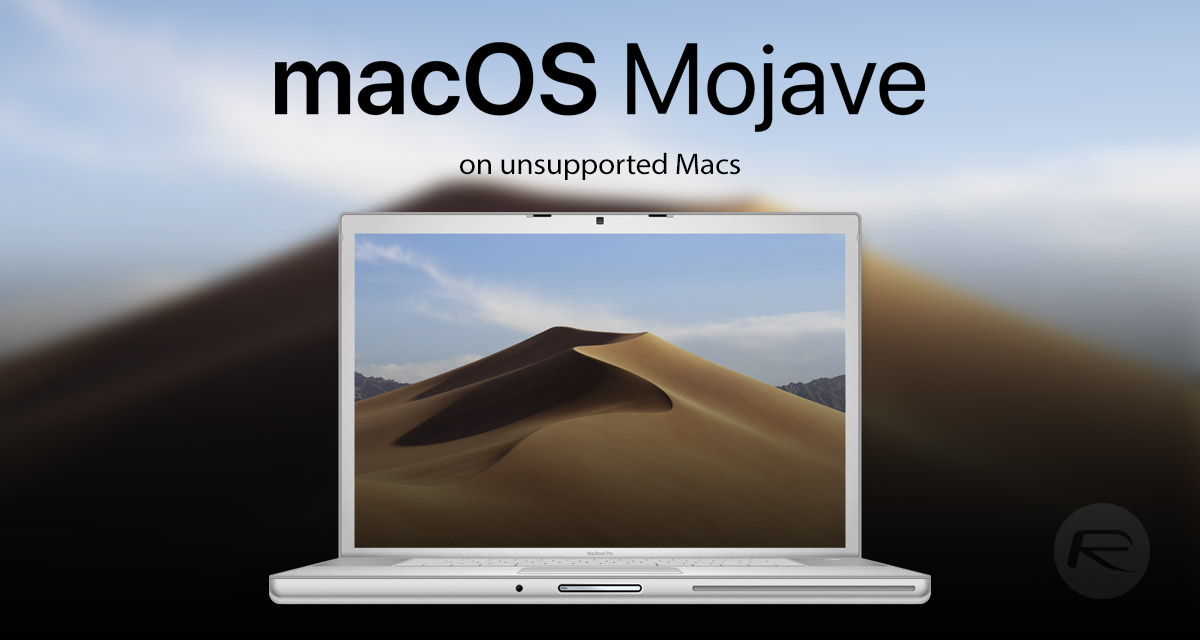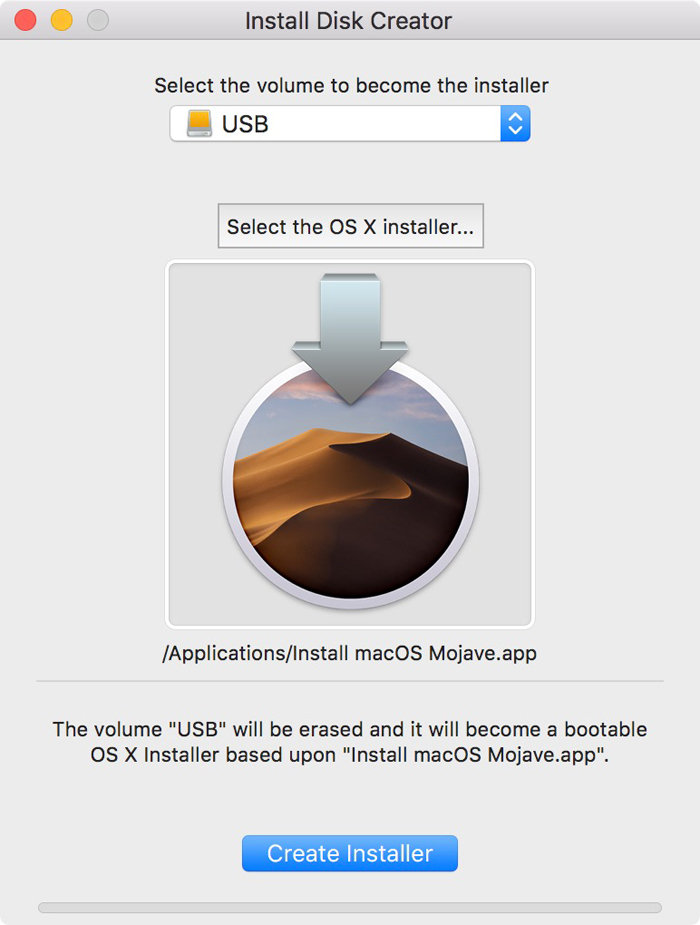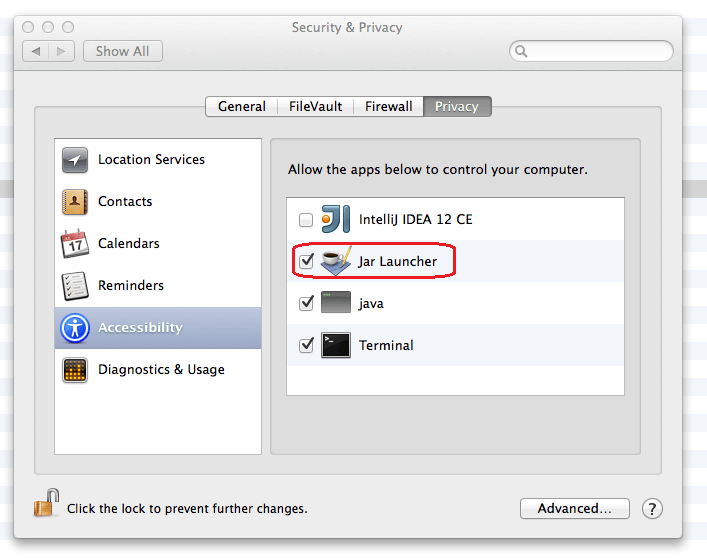

Armed with this information, we can simply open Terminal and list the contents of this directory on our machine to find the JDK version, as follows: ls /Library/Java/JavaVirtualMachines Here, it’s important to know that on recent versions of Java, the JDK is located at absolute path /Library/Java/JavaVirtualMachines/. Similar to #2 under the “Checking Java version on macOS” section above, this is a command line procedure, which in my example will use Mac Terminal. OpenJDK Runtime Environment Zulu11.2+3 (build 11.0.1+13-LTS) On my machine, the sanitized version of this procedure looks like: $ java -version

The Java executable on your local machine will output the appropriate Java versioning information. Simply open a shell interpreter (command line interface) such as the Terminal application, and type java -version This is the method preferred by most users who are more familiar with personal computing and the command line interface. The version that is presented in the Java Control Panel is the currently running (=usually recommended) version of Java on your Mac machine.


When you are about to download new software on Mac, developers may have generated multiple app containers (. Java is a class-based, object-oriented programming language that is fast and powerful and runs many important computing programs and platforms.


 0 kommentar(er)
0 kommentar(er)
